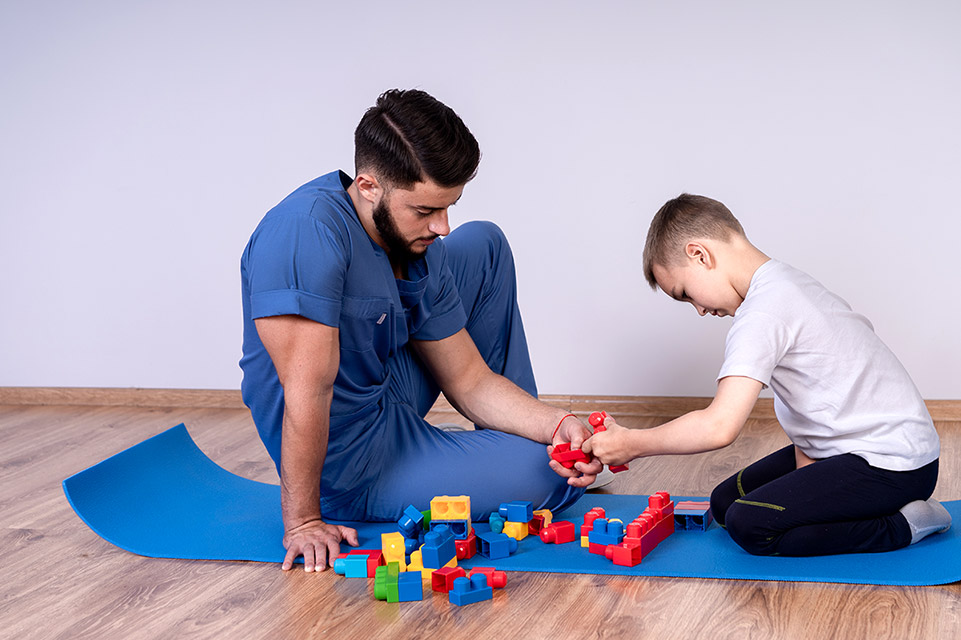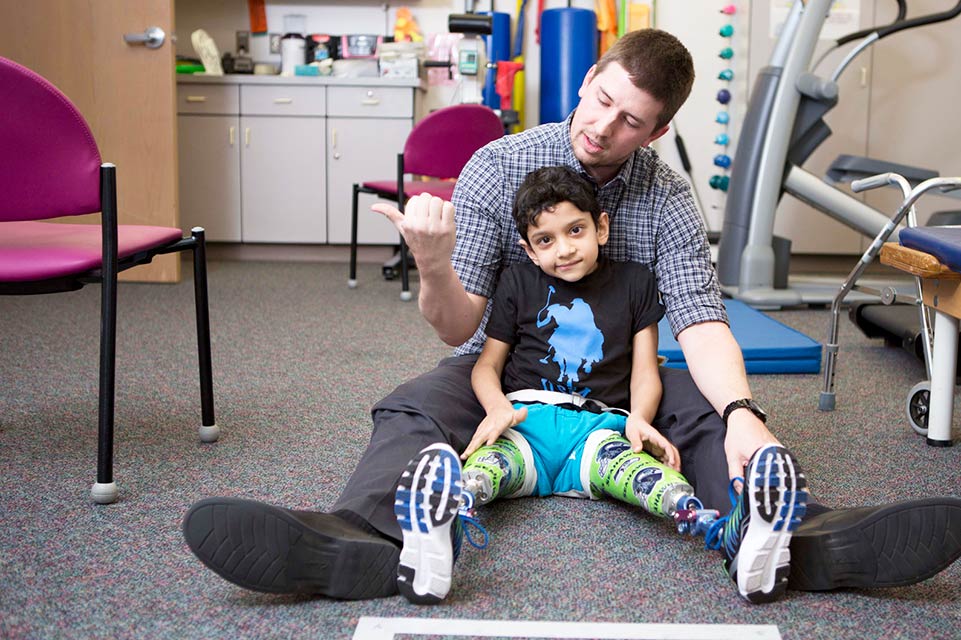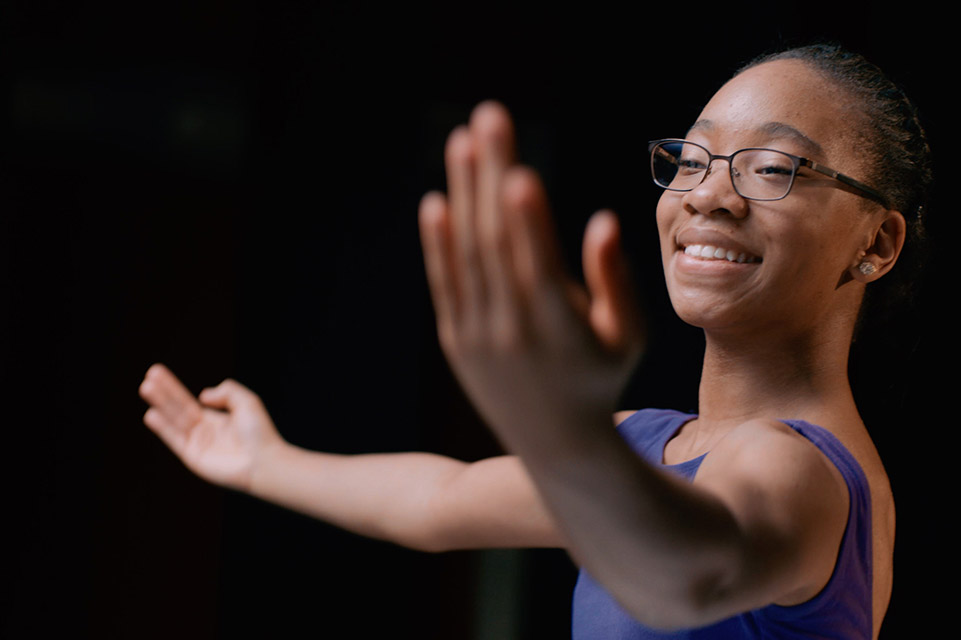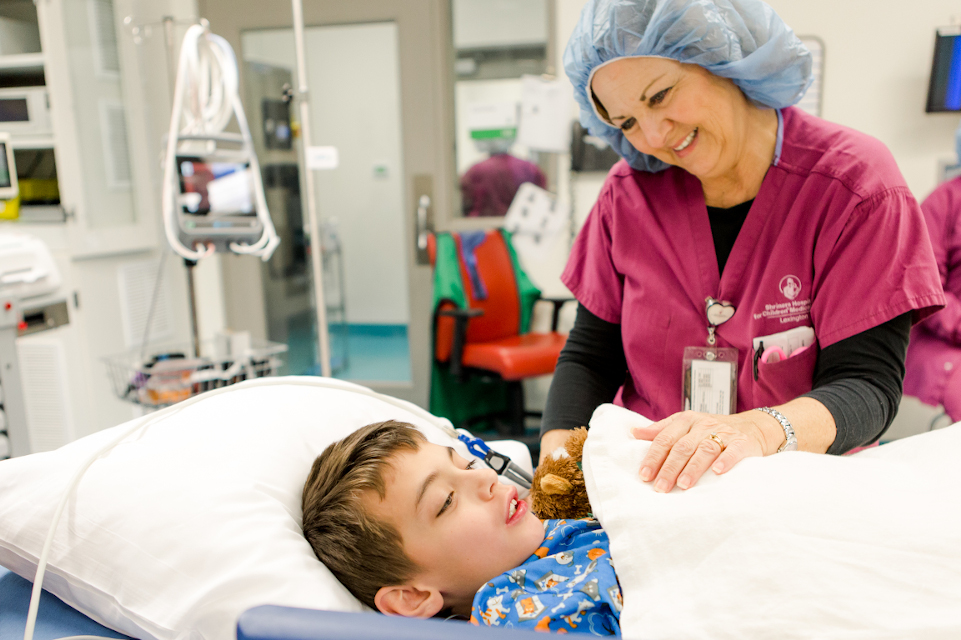Occupational Therapy
Occupational therapists at Shriners Children's help kids be as independent as possible, focusing on what is important to them and what they love to do in their daily lives.
Polydactyly is often genetic, and may appear in a few different ways: a raised bump of soft tissue containing no bones; a partially formed finger or toe with bones but without a joint; a fully-functioning finger or toe.
Polydactyly may be detected during the first trimester of pregnancy, or may not be identified until birth. In either case, recommended treatment will depend on which type of polydactyly is diagnosed.
Treatment recommendations often depend upon which digit is duplicated:
Facts about toe polydactyly:
While many times a surgical option is chosen for cosmetic reasons, other times surgery can increase functionality of the hand or foot.




